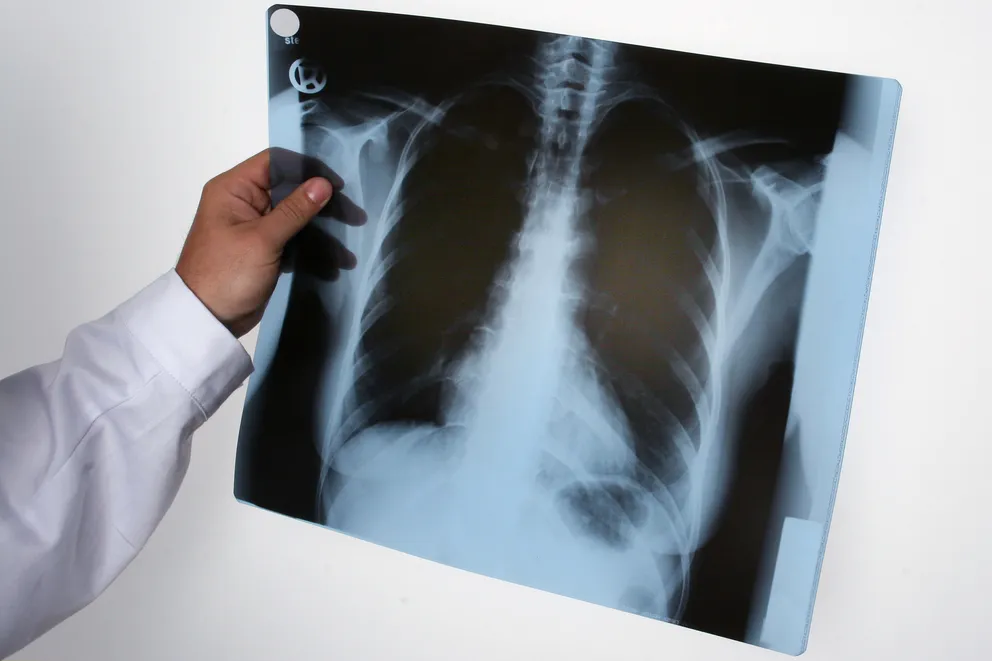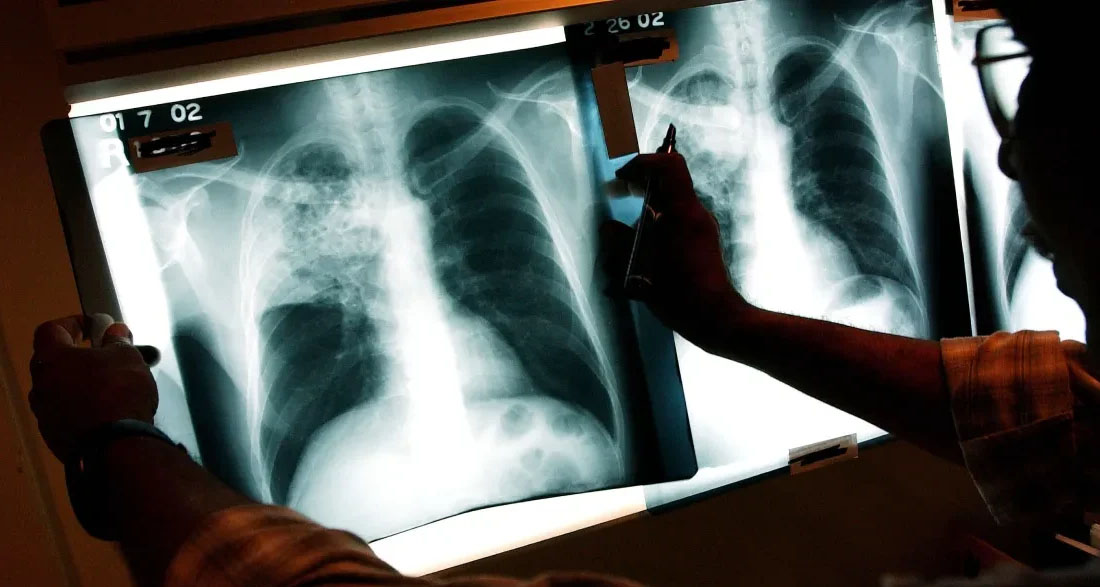Kansas City is currently facing an “unprecedented” outbreak of tuberculosis (TB) that is spreading across two counties. Health officials are warning that the situation is still unfolding, and the outbreak may not be contained just yet.

As of January 24, 2025, the outbreak has infected 67 people in Wyandotte and Johnson counties. Wyandotte County has seen the most cases, with 60 people infected, while Johnson County has reported 7 cases. This is now the largest TB outbreak ever recorded in U.S. history, surpassing any previous cases.
Health officials in Kansas said they have been dealing with an "unprecedented" tuberculosis (TB) outbreak in the northeastern part of the state.https://t.co/nolVOBqLLE
— ABC 13 News – WSET (@ABC13News) January 27, 2025
The TB outbreak was first identified in 2024, and it has quickly grown to be the most significant in the country. Jill Bronaugh, a spokesperson for the Kansas Department of Health and Environment (KDHE), explained, “This is mainly due to the rapid number of cases in the short amount of time.” The outbreak is still spreading, and health officials are monitoring the situation closely to stop it from getting worse.
Even though the outbreak has been serious, with the majority of cases in Wyandotte County, Bronaugh reassured the public that the general risk remains very low. She said, “This outbreak is still ongoing, which means that there could be more cases.
There are a few other states that currently have large outbreaks that are also ongoing.”
Historical Tuberculosis Surge in Kansas: 'Largest Outbreak They've Ever Had' https://t.co/m0es2gG5Cx
— People (@people) January 27, 2025
To fight the spread, KDHE and local health departments are teaming up with the Centers for Disease Control and Prevention (CDC). Their efforts include tracking the cases, providing treatment for those infected, and putting in place strategies to prevent more infections.
‘Unprecedented’ TB outbreak recorded in Kansas with nearly 70 cases recorded https://t.co/5rj4vLDMeh
— The Independent (@Independent) January 27, 2025
Despite the ongoing outbreak in the Kansas City metro area, TB cases across the state have dropped significantly. In 2024, KDHE reported 109 active cases of TB and 626 latent cases. By early 2025, those numbers had decreased to just one active case and seven latent cases.
Still, the outbreak in Wyandotte County continues to be a concern. Ashley Goss, the Deputy Secretary of KDHE, explained in a meeting with the Senate Public Health and Welfare Committee that the outbreak started with 65 active cases and a similar number of latent cases last summer. Since then, active cases have dropped to about 32, showing that efforts to contain it are making progress.
A Kansas Department of Health and Environment official told a Kansas Senate committee Tuesday the agency continues to work to resolve an "unprecedented" tuberculosis outbreak in Wyandotte County:
— KSHB 41 News (@KSHB41) January 25, 2025
https://t.co/8OZ61MpHJH
“This is unprecedented,” Goss said to lawmakers. “We have mobilized staff and resources addressing an unprecedented tuberculosis outbreak in one of our counties.” She reassured the public that the CDC was actively involved, saying, “CDC remains on the ground with us to support.
That’s not a negative. This is normal when there’s something unprecedented or a large outbreak of any kind. They will come and lend resources to us to help get a stop to that. We are trending in the right direction right now.”
Kansas faces largest tuberculosis outbreak in U.S. history: https://t.co/gc9eLghtX5 By @lilyobrienkake
— KAKE News (@KAKEnews) January 28, 2025
Goss also explained how the treatment for TB works. She mentioned that active TB patients are no longer contagious after 10 days of medication and three negative sputum tests. “They can go about their lives, they don’t have to stay away from people, and they can go back to work, do the things, as long as they continue to take their meds,” she said.
TB treatment can last for several months, whether the person has active or latent TB. KDHE has been working with large employers who have been affected by the outbreak to help manage the situation.
TB is caused by the bacterium Mycobacterium tuberculosis, which mostly affects the lungs but can also spread to the brain, kidneys, or spine.
There are two forms of TB: latent and active. Latent TB means the bacteria are in the body but are not causing any symptoms and can’t spread the disease. However, if left untreated, latent TB can become active TB, which is contagious and can cause serious health problems.
Symptoms of active TB include a persistent cough that lasts for more than three weeks, chest pain, coughing up blood or mucus, weight loss, fatigue, fever, chills, and night sweats.
TB spreads when someone with active TB coughs, talks, or sings, especially in closed, poorly ventilated areas. The bacteria can stay in the air for hours, putting people nearby at risk of getting infected.
The key to preventing the spread of TB is treating latent TB before it becomes active. For people who have active TB, doctors prescribe antibiotics that need to be taken for several months to kill the bacteria and stop the disease from spreading.
Health officials continue to stress the importance of early detection, effective treatment, and public awareness in preventing the spread of TB. They urge everyone to stay vigilant, especially with the outbreak still ongoing.
What do you think of this story? Share your thoughts in the comments below!






